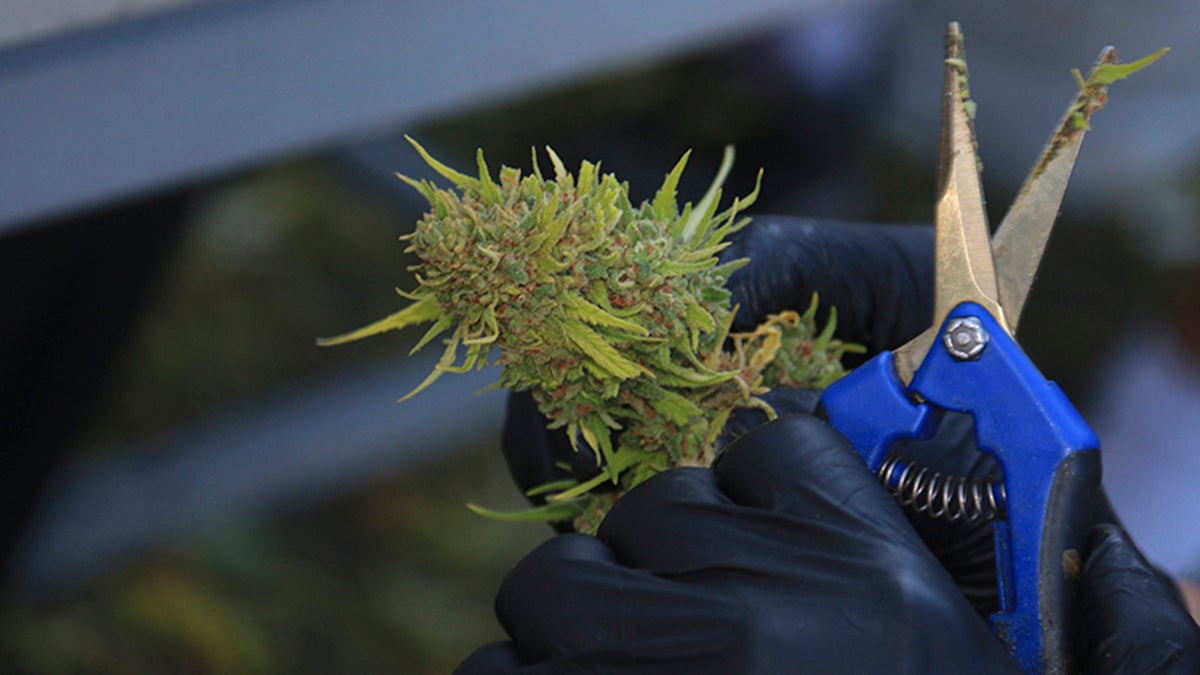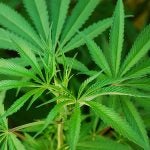Medical benefits of athletes' marijuana use vary
Mayo Clinic
The medical use of marijuana dates back hundreds of years in the treatment of a long list of ailments, including pain, neurological conditions and anorexia. Research has led to generally accepted benefits and adverse physiological effects in acute and chronic marijuana consumption. Now, a new branch of the conversation examines how these effects may apply to athletic performance.

Tuesday: U.S. sports leagues take different approaches to medical marijuana use
Yesterday: Olympic standards are far different
Today: What does medical marijuana do to an athlete?
Friday: Why Sport Matters podcast on what constitutes performance enhancing drugs
Because of marijuana’s current status as a Schedule 1 controlled substance, there is little academic, peer-reviewed research examining direct links of the chemical compounds found, namely THC and CBD, as well as the specific effects on an athlete’s mind and body. Anecdotally, athletes have claimed that training and performing while under the influence allow them to enter a “meditative state” in which confidence is high and inhibition and distraction are low. Good news for those that believe in this, though, is science has some evidence to support this theory.
The human endocannabinoid system includes naturally-occurring chemicals - cannabinoids and their cannabidiol receptors - that are found throughout the central and peripheral nervous systems and modulate a host of physiological effects. Activation of cannabinoid receptors, CB1 and CB2, produce modulatory effects in systems regulating pain, emotion, appetite, and cognition. Specifically, CB1 activation is believed to produce psychoactive effects and CB2 activation results in analgesia and immune modulation. THC and CBD act on these receptors differently, thereby causing distinct effects. One important effect of THC is exercise-induced euphoria.
Additional proposed benefits of marijuana use in athletics is its impact on pain and inflammation. Studies are varied in their conclusions, but some have shown pain relief in neuropathic pain and inflammatory conditions, such as multiple sclerosis. Sativex is a clinically approved medication in Canada and the UK composed of CBD and THC for the treatment of pain in MS and cancer patients. The verdict remains hung on the relief potential for other sources of pain, as well as appropriate formulations and dosing to control different types of pain.
Athletes and exercise-enthusiasts have also claimed this benefit of increased pain thresholds and improved recovery with minimized soreness after a training session or athletic event. Several athletes boast of marijuana’s effect on improved sleep and reduced performance anxiety, allowing them to achieve their optimal mindset heading into competition. The spectrum of positive remarks from more outspoken individuals are niche-specific to their sport and show that marijuana could potentially enhance performance in many different sports.
More abundantly published are the negative effects of marijuana use, mostly placed within broad categories of psychological, cognitive, cardiovascular, and motor functioning. Several studies correlate marijuana consumption with increased anxiety, psychosis, mood disorders, and amotivational syndrome. Additionally, an acute use of marijuana may impact concentration, perception of time passing, and impaired cognition.
One study looked at impulsivity in marijuana use and concluded mixed results dependent on type of measure of impulsivity and dose of marijuana consumed. This study also showed that users performed similarly to controls on several cognitive and working memory tasks. Other unwanted side effects, especially when engaging in athletic activity, include impaired hand-eye coordination, reaction time, motor coordination, and perceptual accuracy. One could imagine that performing under the influence in a sport requiring precision in movement and coordination could prove quite difficult.
Physiologically, research has shown that marijuana increases heart rate with varied results on stroke volume and cardiac output. This may lead to premature fatigue and a potentially dangerous situation for someone with pre-existing heart conditions. Further, while marijuana causes bronchodilation and increased respiration volume, the long-term effects of marijuana smoke can lead to respiratory tract infections, bronchitis, and lung cancer, which could be detrimental to an athlete’s performance.
Athletes in nearly every form of sport – running, skiing, weight training, cycling, and martial arts, to name a few have reported perceived benefits from marijuana use in different capacities of their training. What needs to be determined is whether or not marijuana can be considered a performance-enhancing, or ergogenic, substance and how this determination will influence screening procedures and disciplinary guidelines. Currently, marijuana in some dose or another is a banned substance in nearly every athletic society, but there is not a universally accepted stance on the matter.
The benefits and risks of marijuana use can be weighed side by side, and yet, until there is more concrete evidence on correlations of marijuana and athletic performance, the argument of marijuana as an ergogenic or ergolytic agent remains largely hypothetical and anecdotal. Athletes should be encouraged to abide by the guidelines of the U.S. legal system and the governing board of their specific sport when considering marijuana use.
Brittany Foley is a first year medical student at Mayo Clinic School of Medicine in Arizona. She is part of the sports medicine research team at Mayo Clinic Arizona.
Donald Dulle is a physician assistant in Orthopedic Sports Medicine at Mayo Clinic Arizona. He is part of the sports medicine research team under the supervision of Dr. Anikar Chhabra.
Dr. Anikar Chhabra is a national expert in the field of orthopedic surgery and sports medicine and the director of Sports Medicine at Mayo Clinic Arizona. He graduated cum laude from Harvard University with a B.A. in Economics. While at Harvard, he was a four-year varsity basketball letter winner. Dr. Chhabra completed his medical school and residency at the University of Virginia, and his Sports Medicine Fellowship at the University of Pittsburgh. He currently is an orthopedic consultant for Arizona State University.
Related Articles
Leagues being pushed to allow medical marijuana use for pain management
IOC's policy on athlete medical marijuana use looser than U.S. sports leagues
Petition to increase funding for the research of CBD oil and seizure disorder in children


